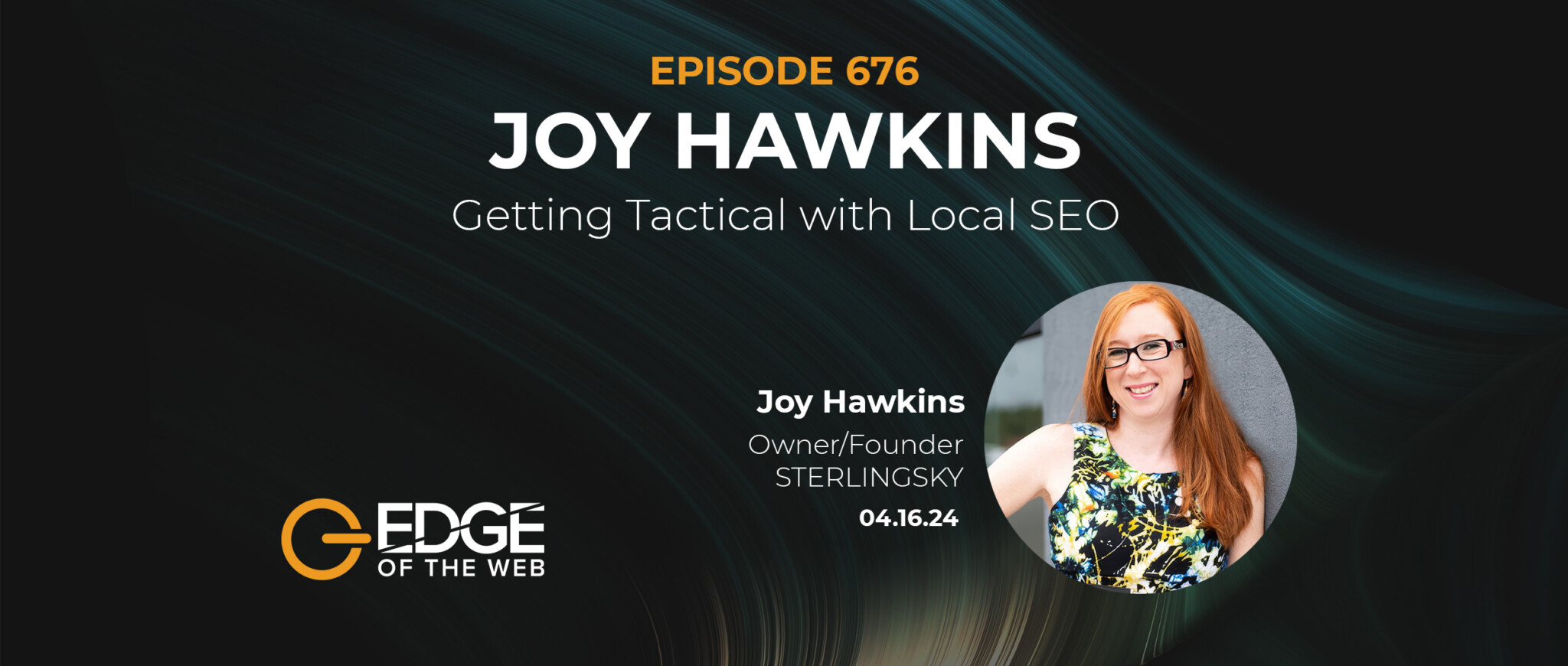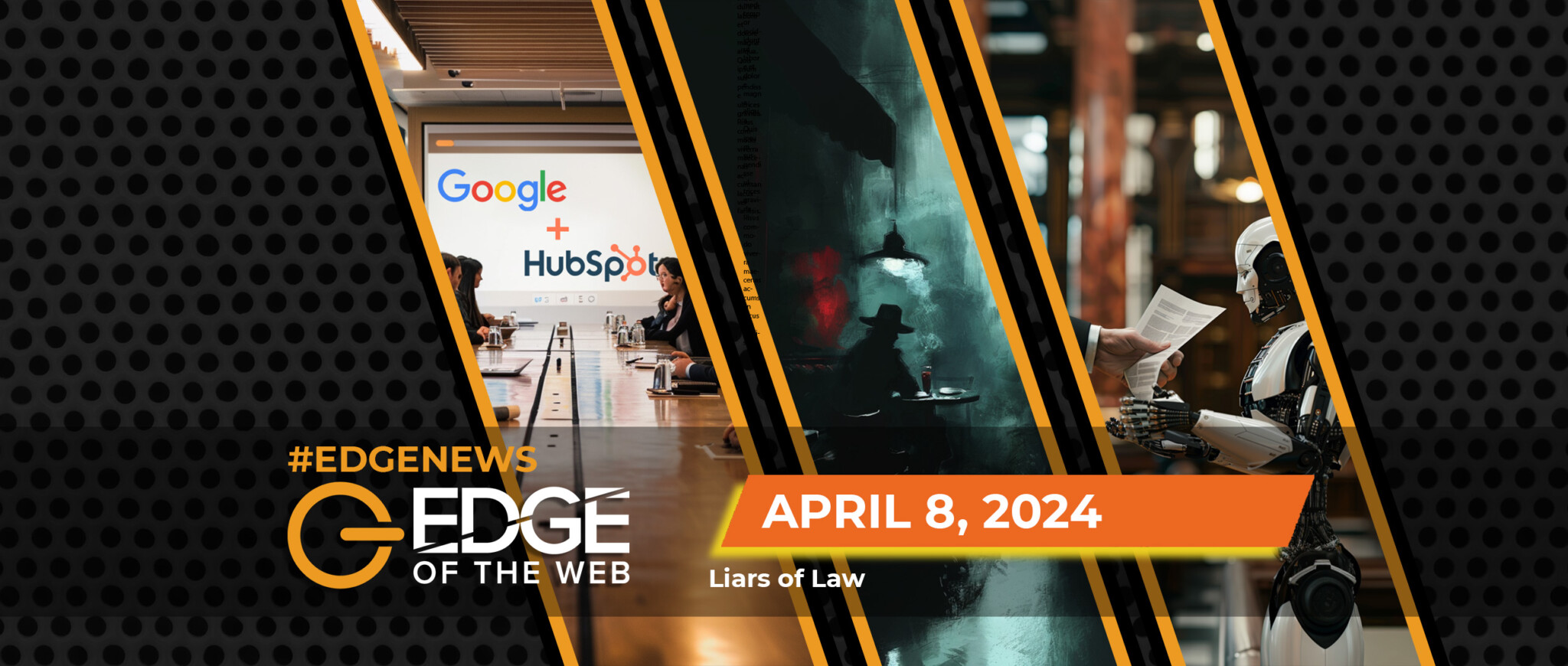Who is Olga Zarzeczna?
Founder of SEOSLY, Olga is an SEO consultant and SEO site-auditor. Olga performs in-depth audits for big clients and teaches others how to audit on her site. She came into the industry in 2012, experimenting and creating websites. When her sites began taking off, she realized SEO was something she wanted to dive into. She created her site to share the things she has learned and the things she does and experiences every day.
- [00:11:49] The Fail of SEO Auditing: Relying on a Single Tool Too Much
- [00:16:47] What Factors Kept Some Tools Out of the List?
- [00:20:19] First Tools: Errors, Warnings, and Notice Audit Tools: Screaming Frog and Site Bulb
- [00:24:16] A Focus on the Semrush SEO Technical Audit Tool
- [00:25:29] The Requirement of SEO and Site Context When Reading Audit Results
- [00:28:24] On Crawl
- [00:29:00] NetSpeak
- [00:30:28] DeepCrawl: The Enterprise-Level SEO Audit Tool
- [00:32:34] AHRefs Website Analysis Tool: Best Site Monitoring Tool
- [00:34:20] Check My Links
- [00:35:12] Link Redirect Trace
- [00:36:01] Why Javascript Rendering Analysis is So Important as an SEO Audit Tool
- [00:38:20] Log Analyzer Tools: Why is it so important to focus on the logs?
- [00:40:30] Volatility Sensors
- [00:44:37] Great Guidance: How to Start Your SEO Audit Process
The Importance of Multiple Tools
Some agencies don’t take an audit as seriously as they should. They take a single tool and focus on the tactical aspect rather than the audit itself. An audit is a strategy document; like a physician’s tools, auditing is assessing and putting together a plan to rectify things working against the site.
There has been major growth in technical SEO audit tools. Due to the tools reporting everything needed without a deep dive into analysis, the reliance on one tool can be a downfall. With a massive amount of SaaS web-based tools present and such a comprehensive scope that tools create, SEO technicians think they can take a step back.
By using several different tools, Olga can look at specific issues from different angles or find something she wouldn’t have found with one tool with another. The different tools complement each other, and no one tool does anything comprehensively. The list of 65 tools Olga has created contains a specific feature that premium tools may have that some people don’t have access to.
Not Making the List
When it came down to those tools that did not make Olga’s list of auditing tools, most that didn’t make it were just too buggy. Some tools did not give what was needed of it and were not complete products. Olga sharing her list is to make sure people are experiencing the best tools in the industry.
Best Standard Tools
The top two on Olga’s list were Screaming Frog and Site Bulb. These two are good to use first to do a manual review and pin down the audit goals. Screaming Frog is one of the only tools to see your site at the core web vitals level page by page. It gives a full picture, showing how changing something globally affects every page on the website.
Site Bulb offers explanations that can be clicked on and read to learn new things or SEO tips. This is an advantage over Screaming Frog, according to Olga. You need to know how to read Screaming Frog’s audits as there are no explanations. However, Screaming Frog has a comparison tool that allows you to compare one audit to another. Both tools can run scheduled audits. Olga uses these two tools as her first and second crawlers.
SEMrush is web-based and runs automatically. It’s a good tool to have set up to be alerted and control things. SEMrush also has tips, like Site Bulb. Sometimes the alerts from SEMrush require some common sense to determine that a certain critical error is not something to worry about. Audits take contextual knowledge, so you can’t just read the reports or numbers. You need to look at the report and unpack it, which requires you to read it and have SEO common sense.
Structure Tools
Many tools overlap, which is an intellectual exercise as you must see what’s there, which helps less advanced SEOs learn the auditing process. NetSpeak is another crawler that is good for checking the status of codes and whether there are any 404s or other errors.
DeepCrawl is another structural analysis tool that can give more than most other technical assessment tools. The depth of analysis it does regularly shows key elements that need to be attended to, in addition to the crevices that most tools don’t get into. DeepCrawl is more useful on an enterprise-level for analysis as you need to know what you’re doing when using it.
AHRefs also has a good crawler best used for monitoring purposes. The monitoring offers alerts when a site is having problems. Running a crawl with it each week helps take a look at what’s going on.
Link Analysis Tools
Check My Links whether a Chrome extension is a link analysis tool. It quickly shows whether links on your site are broken, which is good for checking links on a per-page basis, not so much for checking your entire site. Link Redirect Trace is another link analysis tool good for checking the page to page. This plugin tool sees how a page behaves, checking whether a link is redirecting well, so you don’t have to check in the code.
Javascript Rendering is important for SEO analysis because if there are issues in the rendered HTML and it differs from the source HTML, the Google bot may not see the links. Javascript rendering checks on a page but can also see the bigger issues. Screaming Frog also allows you to render and compare each web page to the next.
Log Analyzer Tools
It’s important to do a log analysis and not just focus on a crawl, as it will give you the whole picture of what bots are crawlers visiting the site and what pages exactly are being visited. You can see what different search engine crawlers are doing. If you’re interested in what Google is doing, you can use Google Search Console Pro Stats which gives an idea of what crawling Google is doing. Jetoctopus has this log analysis tool, as well as SEMrush and On Crawl. On Crawl is unique because of the content depth and semantic analysis it does. Jetoctopus is essentially a web-based version of Screaming Frog.
Volatility Sensors and Algorithm Update Overlays
Penguin is a tool that can sync to Google analytics property to see a site’s performance there. Olga analyzes the visibility of the site, then looks at what’s going on regarding updates. She compares spikes and drops, which can sometimes give answers right away, but sometimes it requires an in-depth analysis.
Website Penalty Indicator helps the site, looking at whether an update caused the traffic drop. This tool shows a timeline of updates and fluctuations, comparing what’s happening on the site. Rank Ranger also allows you to see the day-to-day volatility. SEMrush also has a sensor tool that takes a look at volatility. Some other sensor tools to mention are Algaroo and SEO Weather.
Audit Guidance from Olga
For those looking to get into SEO auditing, Olga says to use site Bulb and read the explanations that they have on their site. From there, you can use an audit process, either her own or someone else’s, and go through each of the steps. You can Google guides when you don’t know something, but the best way to go is by reading and doing.

























